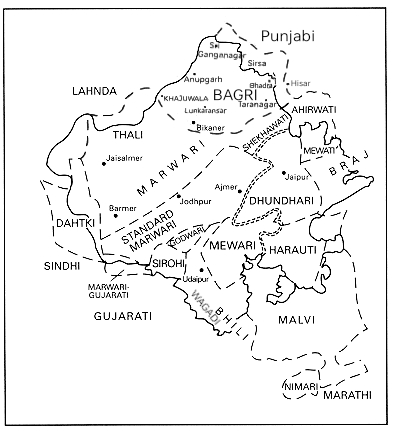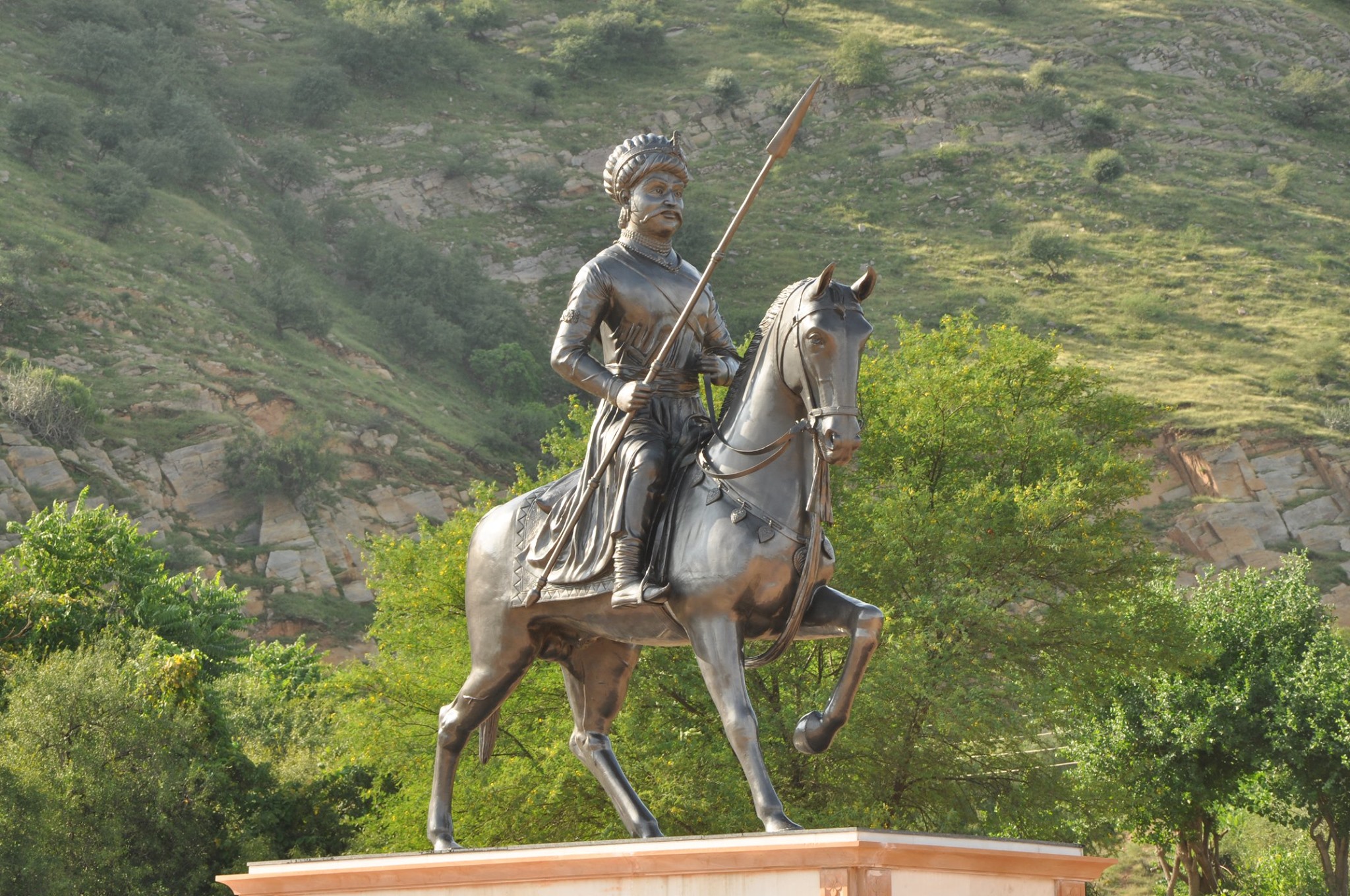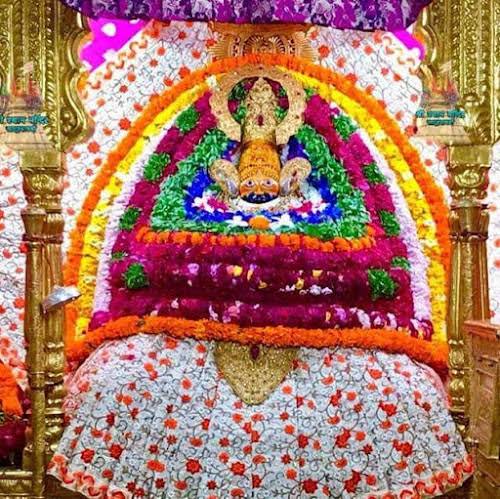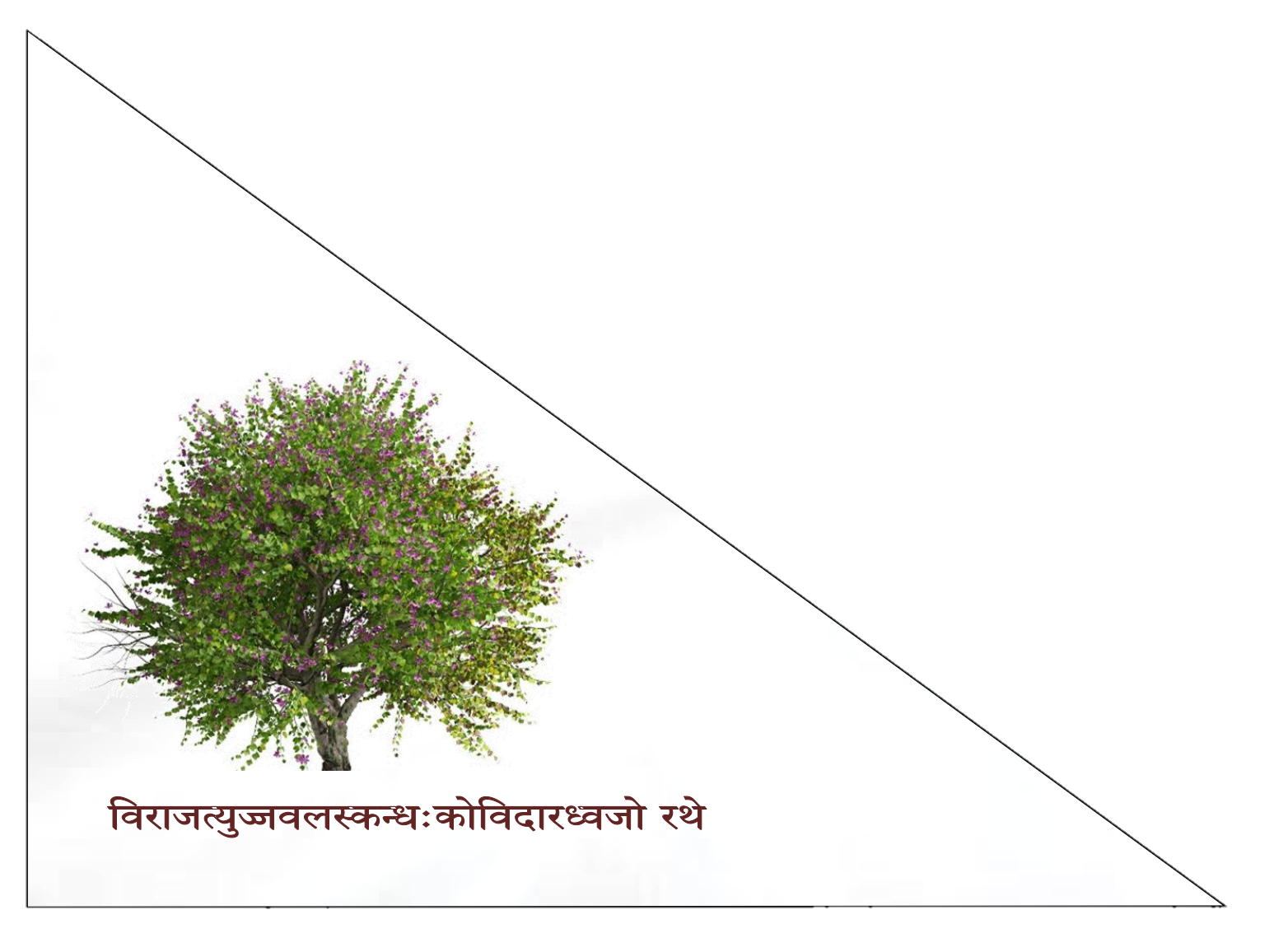|
Shekhawati
Shekhawati is a region in the northern part of the States and union territories of India, Indian state of Rajasthan, comprising the districts of Sikar, Jhunjhunu, and Churu district, Churu. The language of this region is also called Shekhawati language, Shekhawati, which is one of the eight dialects of the Rajasthani languages, Rajasthani language. Shekhawati is known for its grand mansions, their architecture and fresco paintings. Between the 17th and 19th centuries, Marwari people, Marwari merchants and Shekhawat kings built havelis in the Shekhawati region. It has structures, including houses, temples, and stepwells. All of these structures have painted murals, both inside and out. Etymology Shekhawati derives its name from Maha Rao Shekha, a prominent Kachhwaha, Kachwaha Rajput chieftain who founded the region in the 15th century. The name is derived from the combination of "Shekha" (the name of the founder) and "wati," meaning "garden" or "garden of". Thus, Shekhawati l ... [...More Info...] [...Related Items...] OR: [Wikipedia] [Google] [Baidu] |
Rajasthani Language
The Rajasthani languages are a group of Western Indo-Aryan languages, primarily spoken in Rajasthan and Malwa, and adjacent areas of Haryana, Gujarat and Madhya Pradesh in India and South Punjab and the adjacent areas of Sindh in Pakistan. They have also reached different corners of India, especially eastern and southern parts of India, due to the migrations of people of the Marwari community who use them for internal communication. Rajasthani languages are also spoken to a lesser extent in Nepal, where they are spoken by 25,394 people according to the 2011 Census of Nepal. The term Rajasthani is also used to refer to a literary language mostly based on Marwari.. Geographical distribution Most of the Rajasthani languages are chiefly spoken in the state of Rajasthan but are also spoken in Gujarat, Western Madhya Pradesh i.e. Malwa and Nimar, Haryana and Punjab. Rajasthani languages are also spoken in the Bahawalpur and Multan sectors of the Pakistani provinces of Punjab an ... [...More Info...] [...Related Items...] OR: [Wikipedia] [Google] [Baidu] |
Rajasthani Languages
The Rajasthani languages are a group of Western Indo-Aryan languages, primarily spoken in Rajasthan and Malwa, and adjacent areas of Haryana, Gujarat and Madhya Pradesh in India and South Punjab and the adjacent areas of Sindh in Pakistan. They have also reached different corners of India, especially eastern and southern parts of India, due to the migrations of people of the Marwari community who use them for internal communication. Rajasthani languages are also spoken to a lesser extent in Nepal, where they are spoken by 25,394 people according to the 2011 Census of Nepal. The term Rajasthani is also used to refer to a literary language mostly based on Marwari.. Geographical distribution Most of the Rajasthani languages are chiefly spoken in the state of Rajasthan but are also spoken in Gujarat, Western Madhya Pradesh i.e. Malwa and Nimar, Haryana and Punjab. Rajasthani languages are also spoken in the Bahawalpur and Multan sectors of the Pakistani provinces of Pu ... [...More Info...] [...Related Items...] OR: [Wikipedia] [Google] [Baidu] |
Sikar
Sikar is a city and municipal council in the Sikar district of the state of Rajasthan in India. It is the administrative headquarters of the Sikar district. It is largest city of the Shekhawati region, which consists of Sikar, Churu and Jhunjhunu. After Kota, Sikar is number one coaching hub in the country for competitive examination preparations and has a number of engineering and medical coaching institutes.It is also known as Rajasthan's 'Mini Kota'. Sikar is also a major hub for agricultural trade, given it is surrounded by large plains areas west of the Aravalli range. It is also a major rail and road junction. Sikar is a historical city and contains many old havelis. It is away from Jaipur, from Jodhpur, from Bikaner, and from New Delhi. Sikar district is also popular for Khatu Shyam Temple, situated in the town of Khatoo, 16 km from Reengus town and 45 km from Sikar city. Another place for which Sikar is famous is the Harsh Parvat, part of Arava ... [...More Info...] [...Related Items...] OR: [Wikipedia] [Google] [Baidu] |
Shekhawati Language
Shekhawati is an Indo-Aryan language of north-eastern Rajasthan, India. It belongs to the Rajasthani languages and is spoken by an estimated three million people in the Shekhawati region In geography, regions, otherwise referred to as areas, zones, lands or territories, are portions of the Earth's surface that are broadly divided by physical characteristics (physical geography), human impact characteristics (human geography), and ..., which comprises the Jhunjhunu, Neem-Ka-Thana and Sikar districts according to Census 1931 provided by Government of India. https://web.archive.org/web/20160303194604/http://www.sumania.com/lang/allindi10.html Shekhawati, Census 1931 provided by Government of India A descriptive grammar of Shekhawati was published in 2001. The word order of the language is typically Subject–object–verb, SOV, and the phonology is characterised by the presence of implosive consonants and a distinct high tone. References Languages of India Languag ... [...More Info...] [...Related Items...] OR: [Wikipedia] [Google] [Baidu] |
Shekhawat
Shekhawat is a sub-clan of Kachwaha Rajputs found mainly in Shekhawati region of Rajasthan tracing their descent from a common ancestor, Maharao Shekha, a prominent ruler who lived in the 15th century. History The Shekhawat Rajputs trace their lineage to Rao Shekha, a prominent Rajput ruler, from the 15th century. He was a descendant of Rao Kalyan Singh, who belonged to the Kacchawaha clan of Kingdom of Jaipur. Rao Shekha established his own principality in the Shekhawati region of Rajasthan, which includes parts of present-day Jhunjhunu, Sikar, and Churu districts. His leadership helped consolidate Rajput power in this region. Over time, the Shekhawat Rajputs expanded their territories and established several forts and palaces. The Shekhawat Rajputs established their dominance in the Shekhawati region in the 15th century, specifically starting around the time of Shekha Rao's rise to prominence in the early 1400s. They played a significant role in regional politics and we ... [...More Info...] [...Related Items...] OR: [Wikipedia] [Google] [Baidu] |
Jhunjhunu District
Jhunjhunu district is a district of the Indian state of Rajasthan in northern India. The city of Jhunjhunu is the district headquarters. Jhunjhunu is an old and historical town having its own district headquarters. The district is famous for the frescos on its grand Havelis. It is also famous for providing considerable representation to Indian defense forces. The district falls within Shekhawati region, and is bounded on the North-East and East by Haryana state, on the South-East, South & South-West by Sikar District & on the North-West and North by Churu District. Demographics According to the 2011 census Jhunjhunu district has a population of 2,139,658, roughly equal to the nation of Namibia or the US state of New Mexico. This gives it a ranking of 214th in India (out of a total of 640). The district has a population density of . Its population growth rate over the decade 2001-2011 was 11.81%. Jhunjhunu has a sex ratio of 950 females for every 1000 males, It also has a l ... [...More Info...] [...Related Items...] OR: [Wikipedia] [Google] [Baidu] |
Havelis
A ''haveli'' is a traditional townhouse, mansion, or manor house, in the Indian subcontinent, usually one with historical and architectural significance, and located in a town or city. The word ''haveli'' is derived from Arabic ''hawali'', meaning "partition" or "private space", popularised under the Mughal Empire, and was devoid of any architectural affiliations. Later, the word ''haveli'' came to be used as a generic term for various styles of regional mansions, manor houses, and townhouses found in the Indian subcontinent. History Origin The term ''haveli'' originates from Arabic word ''hawali'', meaning "partition" or "private space", term which was popularized under Mughal Empire. Early havelis served Muslim rulers of the Indian Subcontinent and became an important architectural component of urban environments under the Mughals. Although havelis originate from Indo-Islamic architecture, the existence multistory homes and courtyards in the region is claimed as earl ... [...More Info...] [...Related Items...] OR: [Wikipedia] [Google] [Baidu] |
Rajasthan
Rajasthan (; Literal translation, lit. 'Land of Kings') is a States and union territories of India, state in northwestern India. It covers or 10.4 per cent of India's total geographical area. It is the List of states and union territories of India by area, largest Indian state by area and the List of states and union territories of India by population, seventh largest by population. It is on India's northwestern side, where it comprises most of the wide and inhospitable Thar Desert (also known as the Great Indian Desert) and shares a border with the Pakistani provinces of Punjab, Pakistan, Punjab to the northwest and Sindh to the west, along the Sutlej-Indus River valley. It is bordered by five other Indian states: Punjab, India, Punjab to the north; Haryana and Uttar Pradesh to the northeast; Madhya Pradesh to the southeast; and Gujarat to the southwest. Its geographical location is 23°3' to 30°12' North latitude and 69°30' to 78°17' East longitude, with the Tropic of Can ... [...More Info...] [...Related Items...] OR: [Wikipedia] [Google] [Baidu] |
Jhunjhunu
Jhunjhunu is a city and municipal council in the state of Rajasthan in India. It is the administrative headquarters of the Jhunjhunu district. It is also the largest city of the Shekhawati region, which includes Jhunjhunu, Churu and Sikar. Demographics In the 2011 India census, the town of Jhunjhunu had a population of 118,473 and a literacy rate of 73.58%. Transportation Rail Jhunjhunu railway station comes within the territory of the North Western Railway. Jhunjhunu City is connected to Sikar, Rewari, Delhi, Churu, Bikaner, Sri Ganganagar, Hisar, Jaipur, Kota, Ajmer, Udaipur, Indore, Ahmedabad and Mumbai, Alwar. Road Jhunjhunu is well connected by roads from all the major cities of Rajasthan and nearby states. A four-lane national highway National Highway 11, State Highway 8 passes through the city. NH-11 connects Jhunjhunu with Jaisalmer and Rewari, Haryana. Airport The nearest airport to Jhunjhunu City is Jaipur International Airport Jaipu ... [...More Info...] [...Related Items...] OR: [Wikipedia] [Google] [Baidu] |
Sikar District
Sikar district is a district of the Indian state Rajasthan in northern India. It is a part of the Shekhawati region of Rajasthan. Rao Daulat Singh laid down the foundation stone of Thikana Sikar in 1687. District Collector of Sikar is Shri Mukul Sharma while Member of Parliament is Shri Amra Ram. Cities and towns Cities * Sikar * Laxmangarh * Fatehpur * Khandela Large towns * Laxmangarh * Reengus * Losal *Khatu * Ramgarh Location The district is located in the north-eastern part of the state of Rajasthan. It is bounded on the north by Jhunjhunu district, in the north-west by Churu district, in the south-west by Didwana Kuchaman district,in the south-east by Jaipur Rural district. The district has an area of 5191.44 km2 and a population of 16,94,094 (2011 census, excluding NeemKaThana and Sri Madhopur). Sikar, Churu district and Jhunjhunu district's comprise the Shekhawati region of Rajasthan. The old name of Sikar was "Veer Bhan Ka Bas". Demographics Acc ... [...More Info...] [...Related Items...] OR: [Wikipedia] [Google] [Baidu] |
Kachhwaha
The Kachhwaha is a Rajput clan found primarily in India. They claim descent from the Suryavanshi (Solar) dynasty. Etymology According to Cynthia Talbot, the meaning of word ''Kachhwaha'' is tortoise. Origin There are numerous theories on the origin of the Kachhwahas. Prominent of those theories are of claiming scion from the Suryavansh and the Kurma Avatar of Lord Vishnu. Suryavansh origin Suryavansh Dynasty or Ikshwaku Dynasty or Raghuvansh Dynasty : Kachwaha claim descent from mythological character Kush, a son of the avatar of mythological Vishnu, Rama, as expressed by them citing historical documents during the Supreme court of India proceedings on Ram Mandir at Ayodhya. Ish Devji a Kachhwaha Raja of outstanding merit, with his capital at Gwalior, is recorded to have died in 967 A.D. Brahmin genealogists place him as being the three hundred & third generation after Ikshwaku. The Kachhwahas of Amber are descendants of Ish Devji. According to Rima Hooja, the Kachhwaha ... [...More Info...] [...Related Items...] OR: [Wikipedia] [Google] [Baidu] |
Rao Shekha
Maharao Shekhaji (1433–1488) was a Rajput ruler in 15th-century India. He is the namesake of the Shekhawati region, comprising the districts of Sikar, Churu and Jhunjhunu in the modern Indian state of Rajasthan. His descendants are known as the Shekhawat. Birth On Rao Mokal's Death in AD 1502, the twelve year old Maharao Shekhaji Succeeded his father's estates at Amarsar. His parents are said to have sought prayers from a pir Sheikh, after whom Shekhaji was named. Shekhaji succeeded as the head of the Nayan and Barwada estate, along with 24 more villages, at the age of 12, as a result of the untimely death of his father Mokal Ji in 1502. Life When Shekhaji inherited his father's estate, his reputation and power attracted the jealousy of the Lord Paramount of Amber. He was attacked, but by the aid of the Punnee Pathans he successfully withstood the reiterated assaults of his suzerain lord. Up to this period they had acknowledged the Amber princes as liege lords, and in ... [...More Info...] [...Related Items...] OR: [Wikipedia] [Google] [Baidu] |









